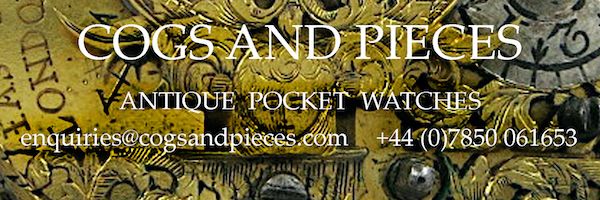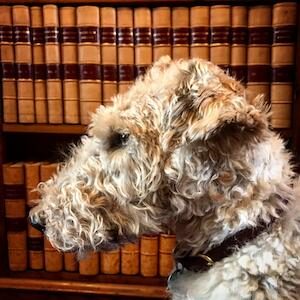Larcum Kendall (1721-1790)
Little is known about the life and work of Larcum Kendall, the watchmaker responsible for making to the order of the Board of Longitude a copy of John Harrison’s fourth,and prize winning, timekeeper.
He was born in 1721 at Charlbury, Oxfordshire, of Quaker parants. His father, Moses, was a linen draper in Westminster, having married Ann(originally of Chipping Wiccombe, Bucks) on 18thJune, 1718. Larcum had one brother, Moses. At the age of 14, Larcum Kendall was bound as an apprentice to John Jeffreys, for seven years from 7thApril, 1735.
At the time of his apprenticeship, he was living with his parents in St Clement Danes in Westminster, London. In 1736 his maternal grandfather (Nicholas Larcum, a salesman of Chipping Wycombe) left property in trust for him, through his mother, and he inherited a reasonable private income (in his will he left 3% annuities on a capital of £1,200, to his brother Moses and thence to Moses’s children). In 1742, immediately after his apprenticeship had ended, he set up on his own, working almost exclusively for the great watch and clockmaker George Graham (1685-1751), as an escapement maker specialising in the horizontal (cylinder) escapement. He was brought up a Quaker, but once his own master he no longer stayed as one of their brethren; though, according to his obituary he ‘never quitted that simplicity of manners for which that sect is so generally admired; and a man more inflexibly upright, either in person, word or deed, perhaps scarcely ever lived’. He was highly respected as a craftsman too; working under Graham and with his contemporary Thomas Mudge, he was part of the finest watch making team of the day. He appears though to have remained something of a loner in the trade; he was not a member of the Clockmakers’ Company and doesn’t seem to have been part of the group of talented London (ex-City) watchmakers who met at the Devil Tavern during the last quarter of the 18th century. However, through Jefferys and Graham, Kendall had connections with John Harrison, the great pioneer and inventor of the marine timekeeper and precision watch. In June 1765, by which time he was established at No.6 Furnival’s Inn Court, near Holborn Barrs, the Board of Longitude selected him as one of six experts to witness the explanation by Harrison of the construction of his fourth timekeeper, an event which took place between 14 and 22 August that year
The quality of his work was second to none, as is shown by the few watches, signed by him, which remain today, but he never showed any real ingenuity of his own. He was primarily a watchmaker to the top retail trade, producing first rate products to the design of those with greater imagination; the majority of his work, which also included some clocks and precision regulators, would appear to have been sold under other retailer’s names.
Kendall died in 1790. An obituary notice in The Gentleman’s Magazine gives 22ndNovember as the date of death, in Furnival’s inn court, Holborn. His obituary states that the Quakers ‘…received his body into the bosom of their church at his death…’ and also that :
‘Mr. Kendall was brought-up a quaker, and bound apprentice to a repeating motion-maker; both of which he quitted almost as soon as he became his own master, and was, for several years, employed by the late Mr. Graham, in making his horizontal escapements (cylinders) which, at that time, was reckoned a difficult piece of business’.
He was buried in the Quaker cemetery at Kingston in Surrey on 28 November 1790. As well as leaving a large sum in trust for his brother and family, his will, written on 6 November 1790 and proved on 8 December, also leaves his ‘implements in trade’, personal effects etc., to Moses, who evidently then arranged for them to be sold by auction; the contents of his workshop, and his household furniture and other effects were sold by Christies on 23 December that year. It is not known whether Kendall ever married. No wife or children are mentioned in his will and the furniture and effects sold strongly suggest the home of a lifelong bachelor.
References :
Brian Loomes. Watchmakers and Clockmakers of the World (NAG Press, 2006).
G. L’E. Turner, Aniquarian HorologyJournal, Vol 5, p269



